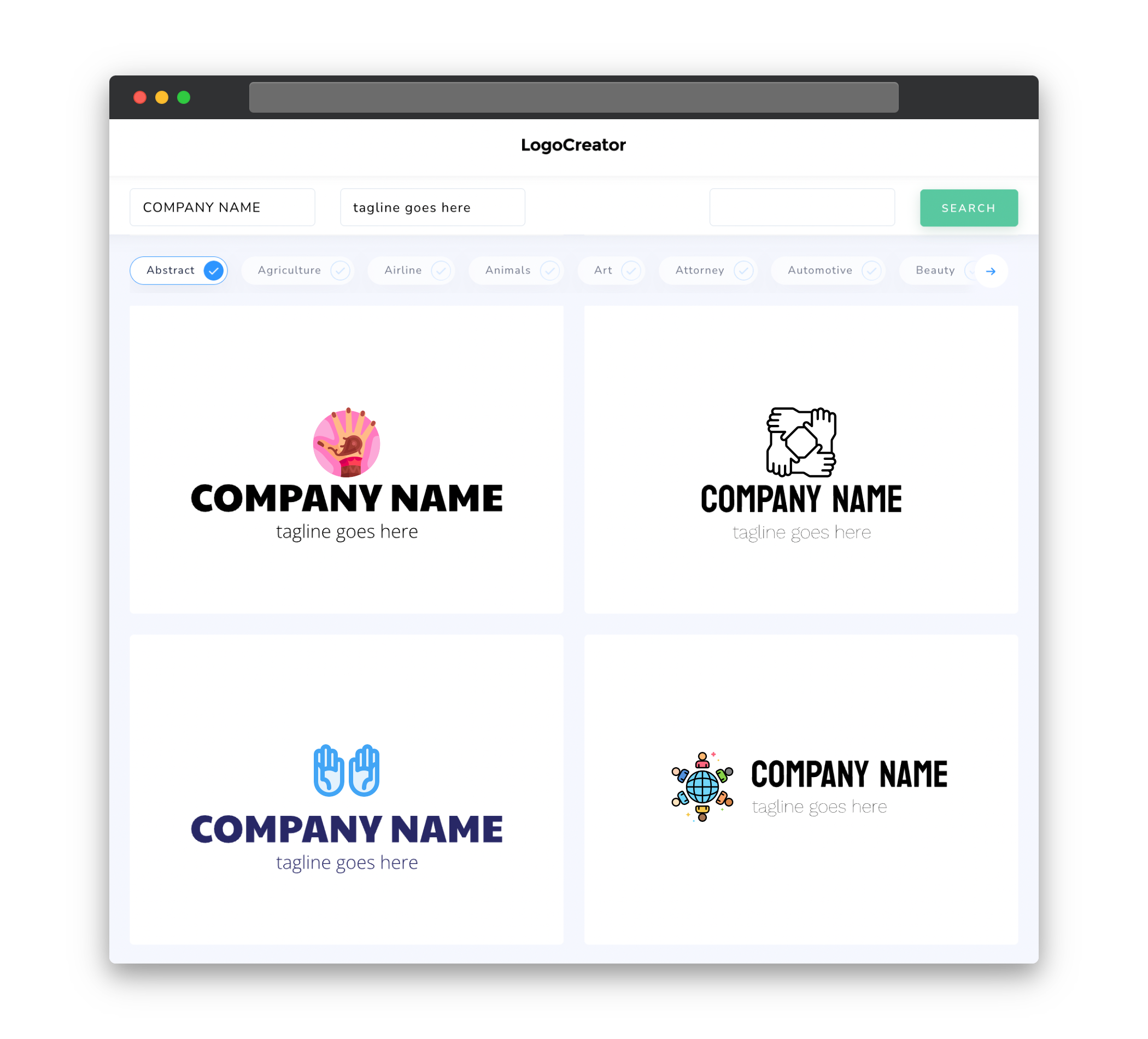Audience
When it comes to designing a culture logo, it is important to consider your target audience. Your culture logo should resonate with the people you are trying to reach and reflect the values and identity of the culture you are representing. Whether you are creating a logo for a museum, a cultural event, or a cultural organization, understanding your audience’s preferences, traditions, and aesthetic sensibilities is crucial. By doing so, you can create a culture logo that will capture their attention and leave a lasting impression.
Icons
Icons are a powerful tool when it comes to designing a culture logo. They can instantly communicate the essence of a culture and create an emotional connection with your audience. When selecting icons for your culture logo, consider symbols that are associated with the culture you are representing. For example, if you are designing a logo for a Chinese cultural event, incorporating elements like the Great Wall of China, a dragon, or traditional Chinese calligraphy can create a visually striking and culturally meaningful logo.
Color
Color plays a vital role in culture logo design as it evokes emotions and communicates meanings. When choosing colors for your culture logo, it is important to consider the cultural significance of different colors. For instance, in Western cultures, red is often associated with passion and energy, while in Eastern cultures, it symbolizes luck and prosperity. Similarly, blue may convey trust and reliability in one culture, but sadness or coldness in another. By understanding the cultural connotations of colors, you can select a palette that resonates with your target audience and effectively represents the culture you are showcasing.
Fonts
Fonts are an essential aspect of any culture logo design as they contribute to the overall visual identity and convey a particular mood or style. When choosing fonts for your culture logo, consider fonts that reflect the culture’s aesthetic and traditions. For example, if you are designing a logo for a classical music festival, using elegant and sophisticated serif fonts can help convey a sense of tradition and elegance. On the other hand, if you are creating a logo for a street art event, a bold and graffiti-inspired font might be more appropriate. Choosing fonts that align with the culture’s characteristics will help create a cohesive and visually appealing logo.
Layout
The layout of your culture logo is crucial in ensuring that your design conveys the desired message and captures the attention of your audience. One popular approach is to use a simple and clean layout that allows the cultural icons and symbols to take center stage. This minimalist approach can create a visually impactful logo that is easy to recognize and remember. Another option is to use a more intricate and elaborate layout that incorporates multiple elements and layers, representing the depth and richness of the culture you are showcasing. Ultimately, the layout should be carefully considered to ensure that it effectively communicates the culture’s essence and captures the attention of your target audience.
Usage
When designing a culture logo, it is essential to consider its intended usage. Will it be displayed on a website, printed materials, merchandise, or digital platforms? Understanding the various use cases for your culture logo will help you create a versatile design that can be adapted to different mediums. Ensuring that your logo is scalable and can maintain its visual impact across various sizes is crucial. Additionally, considering the platform on which the logo will be displayed will help you optimize its legibility and visibility. By taking into account the logo’s potential usage, you can create a design that is flexible, adaptable, and optimized for maximum impact.



